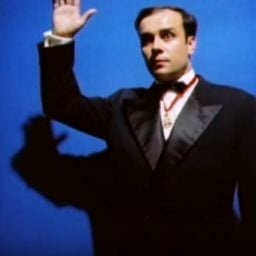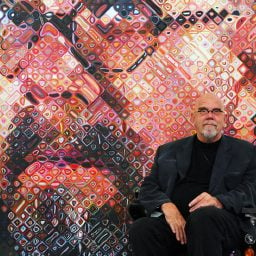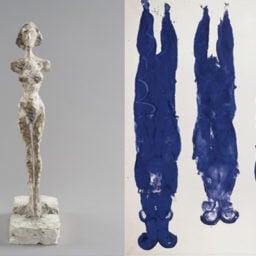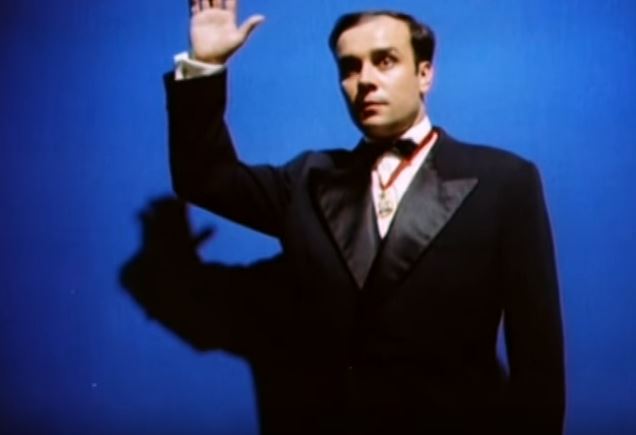

Yves Klein made one thing clear in his 34 brief years on this Earth: Blue was his everything.
“Blue has no dimensions,” the French artist, who was born on April 28, 1928, once declared. “It is beyond dimensions.” Such was Klein’s enchantment with the color that he would develop his very own hue along the spectrum: International Klein Blue (IKB).
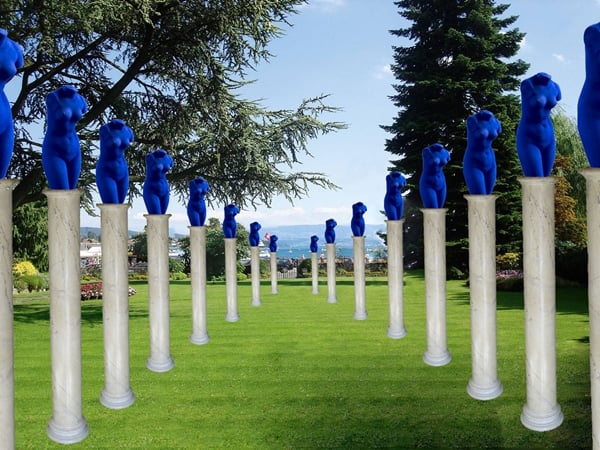
Yves Klein, La Venus d’Alexandrie (Venus Bleue) (1962–1982). Courtesy Baur au Lac. Image and rendering by Galerie Gmurzynska for Art in the Park.
The art world is forever indebted to his artistic pursuits. His “Anthropometry” series, for instance—paintings born out of elaborate shows involving a live orchestra, an audience, and nude women painted in blue, which he called “living brushes”—is considered a prototype of performance art. His early work as a monochrome painter also lent much to the Minimalist art movement.
But not everybody was a fan of Klein, so the artist drafted an essay called “Chelsea Hotel Manifesto” just a year before he passed away in 1962. Klein’s essay addressed his critics, writing, “An artist always feels uneasy when called upon to speak of this own work. It should speak for itself, particularly when it is valid.”
Love him or hate him, Klein’s legacy persists today. His work is now the subject of a shared exhibition with Albert Giacometti at Gagosian London, which opened April 27 and runs through June 11.
But among his contributions to the realm of art, Klein’s works in blue remain the most memorable—a thread that runs across his timeline from his early days as a monochromist painter to his final years coating Greco-Roman busts with his special IKB pigment.
To celebrate his birthday, artnet News rounded up some favorites below.
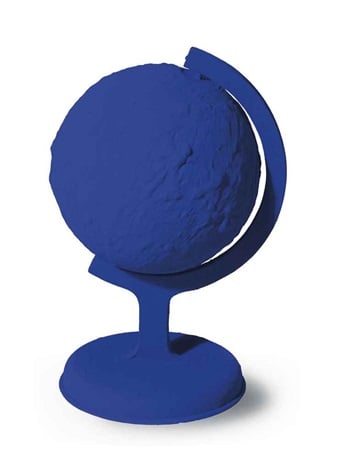
Yves Klein, La Terre Bleue (1957). Courtesy of artnet.

Yves Klein, Untitled Blue Sponge-Sculpture (1958). Courtesy of artnet.
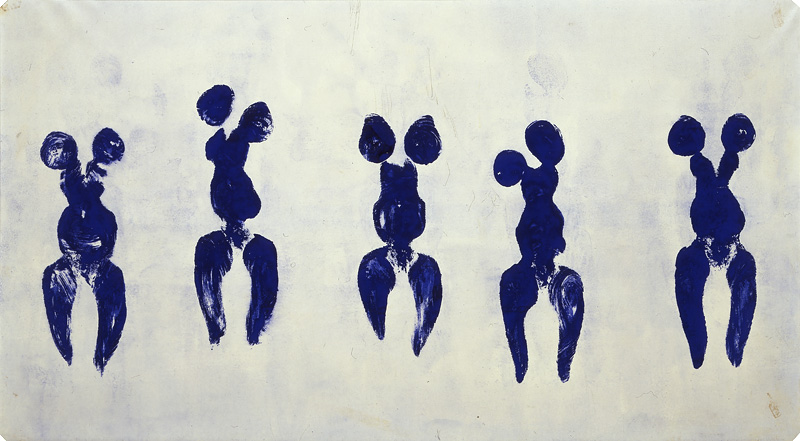
Yves Klein, Anthropometre de l’epoque bleue (ANT 82) (1960). Courtesy of artnet.
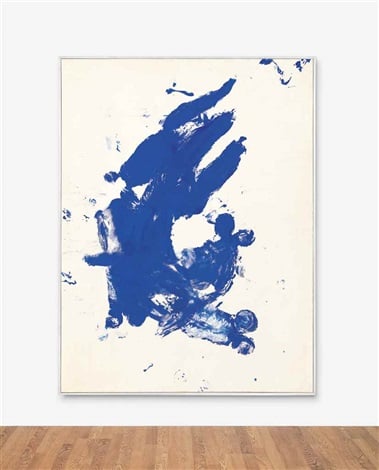
Yves Klein, Anthropometrie sans titre, (ANT 118) (1960). Courtesy of artnet.

Yves Klein, RP 2 Grenoble (1961). Courtesy of artnet.
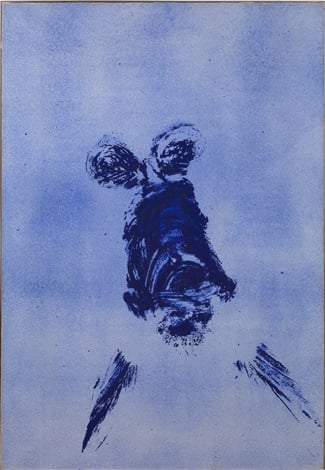
Yves Klein, Ant 44 (1961). Courtesy of artnet.
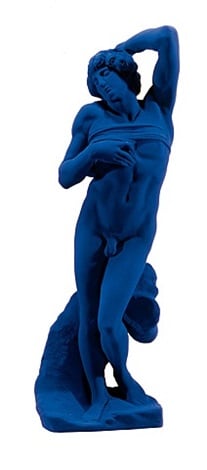
Yves Klein, L’esclave de Michel-Ange, (1962). Courtesy of artnet.
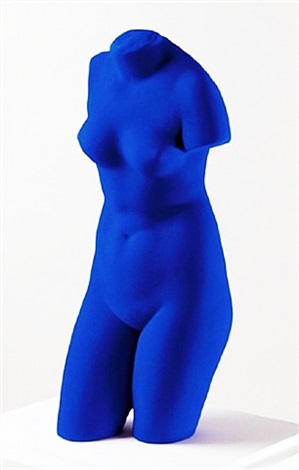
Yves Klein, La Venus d’Alexandrie (Venus Bleue), (1962-1982). Courtesy of artnet.

